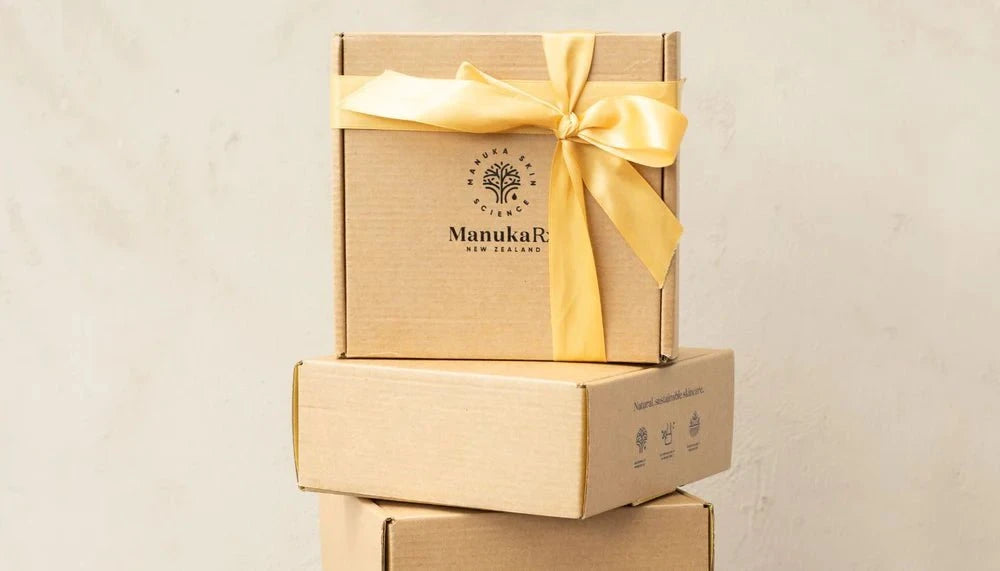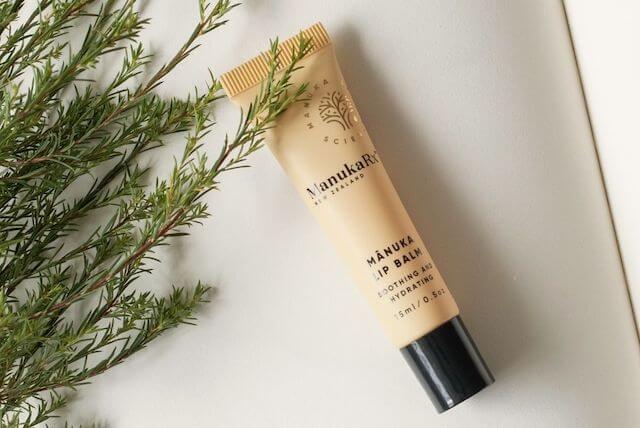Are you looking to get more in touch with your wild side in New Zealand? No, we aren’t talking about the extreme sports side New Zealand is known for, we want to get you more in touch with a variety of New Zealand’s native plants, their unique properties, and their extensive uses.
New Zealand is well-known for its incredibly beautiful and diverse native flora, and the fact that 15% of New Zealand’s landmass is covered in native plant species is amazing!
Of all the plants stretching across Aotearoa, 80% of them are native to New Zealand. From the mighty and ancient kauri tree -- those watchful sentinels towering over 50 meters in the air, to the small but important pīkau sand-binding sedge holding our beautiful coastline intact.
Each one has an integral role to play throughout New Zealand, and some have integral roles they can play in our lives and for our well-being.
Reconnecting with nature is key for our health and well being, but for admiring and protecting the abundant but sometimes fragile ecosystems, so let’s take a stroll through nature and introduce you to 5 New Zealand native plants that we love.
Guide to 5 Amazing Native New Zealand Plants
Kānuka
Though the kānuka plant is similar in ways to the widely known mānuka plant, both being of the myrtle family and both once considered a pest, there are a few key differences. Kānuka is usually found in lowlands and mountain scrub or geothermal areas. One key difference is that it has more monoterpenes and produces a lighter oil and does not contain triketones, so it is often used instead in aromatherapy and massages.

Kānuka is also endemic to New Zealand and not found anywhere else in the world. They grow faster and taller than its sister plant, up to 30 meters. This made it useful to use as wood for larger structures by the Māori and for firewood as well, and is now having a renaissance as a building material in modern houses by architects looking to use native woods. Its leaves do not have the typically pointed ends like Mānuka and flowers bloom smaller but more abundant across the plant.
Kauri
The kauri is one of the world’s tallest trees and one of New Zealand’s great flora species, growing to 50 meters tall and 16 meters wide and living up to 2,000 years old. These magnificent and colossal native trees made up towering forests and were believed by the Māori symbolise tāne, propping up the sky from earth.

They were used by the Māori extensively for building boats and houses, but unfortunately, colonial settlers saw the amazing building potential as well and nearly wiped them out to build their boats. Now, many of the kauri forests are protected, like the Waipoua Forest of the Northland, to keep this beautiful native tree and their lore alive.
Mānuka
Arguably one of the most famous of New Zealand’s native plants, the mighty mānuka is constantly surprising us with new uses and potential benefits to our lives. It is a resilient bush and tree, once considered an invasive shrub due to its habit of popping up after farmers cleared land for grazing. Now it is an important plant used in land restoration projects across New Zealand as animals and insects do not eat the plant.

Mostly known for the honey produced by bees from pollen of the mānuka flower, it holds powerful traits that give it potent antibacterial, antifungal, anti-inflammatory properties and more. Captain Cook and company loved mānuka, and actually referred to the mānuka plant as a “tea tree” and used it as a substitute for their normal tea. Before colonial settlers arrived, mānuka was an integral part of Māori life and applied to everything from wounds and burns as a paste, to building materials and the creation of weapons or tools.

Now, it is proving to be an antibacterial powerhouse of a plant, and the recently discovered method of distilling mānuka oil has unlocked even more potential. East Cape mānuka oil, like the main ingredient in our very own mānuka oil products, contains high numbers of triketones which makes it 1000 times more powerful than mānuka honey and up to 30 times more powerful than Australian tea tree oil, a staple in skincare products.
This is why it is our champion ingredient in all of our products and one that is revolutionising the skincare space.
Kawakawa

The kawakawa tree is another important plant for natural restoration, it grows mostly in coastal lowlands and the north of the South Island. The densely-leaved plant has aromatic heart-shaped leaves that can be dried and burned to ward off mosquitos, and the peppery fruit and seeds are used in savoury or sweet recipes. It has a history of uses in Māori culture as a key herb and the flowers are worn as wreaths during periods of mourning.
Flax
These abundant bushes of blade-like green and yellow leaves are some of New Zealand’s oldest plants. New Zealand flax, or harakeke, bloom fiery crimson and plum-coloured flowers that birds like the Tui flock to feed on the sweet nectar, but the plant itself holds a plethora of other uses. This densely fibrous and immensely strong plant has been, and continues to be, used for clothing, rope, fabrics, medicines, foods, and more.

The leaves themselves, which can create one of the strongest fibres, was even used to wrap broken bones. And flax oil is popular for its rich Omega-3 fatty acids. Like the strong fibres of harakeke, flax has been a national symbol of New Zealand and a symbol of family and unity for the Māori -- helping pass down traditions and history in the woven art created with New Zealand flax.
Now that you’ve gotten in touch with your wild side of New Zealand’s native plants, explore our amazing natural skincare products made with the mighty mānuka from the East Cape today!






